I also created some interactive elements that the students use to practice this skill in their interactive notebooks. Here are some shots of the interactive elements and the students’ work.
***The actual download includes the academic language of dividend and divisor. My first run at teaching this I took the “easy way out” and used the easy language. I have since learned that I was actually holding my students back in their mathematical vocabulary and discourse.
Click here to access all the printables shown in this post for FREE!

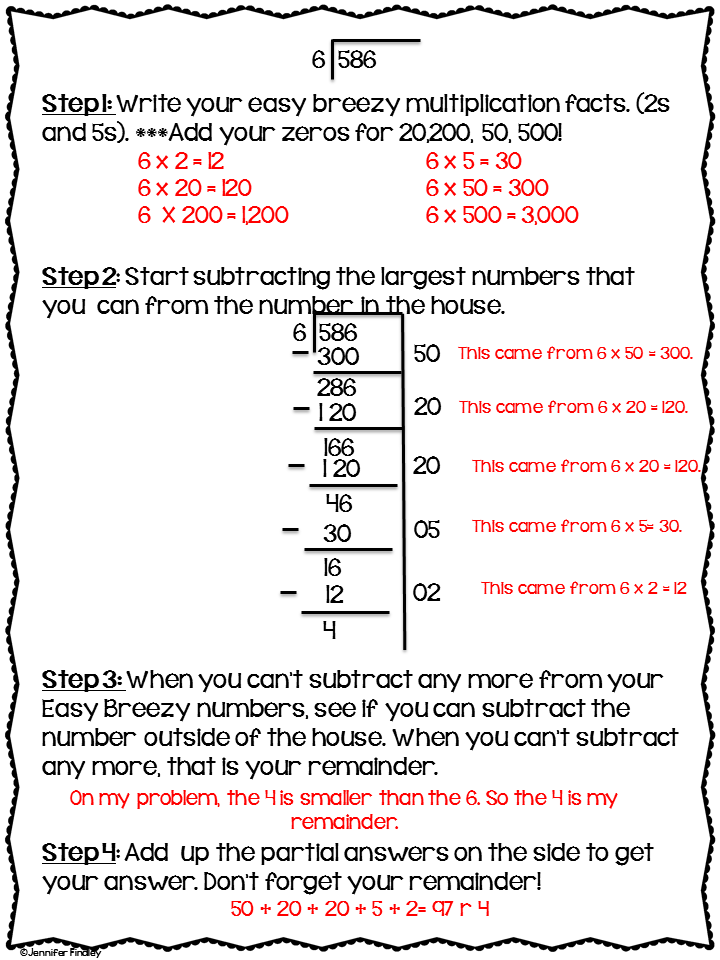

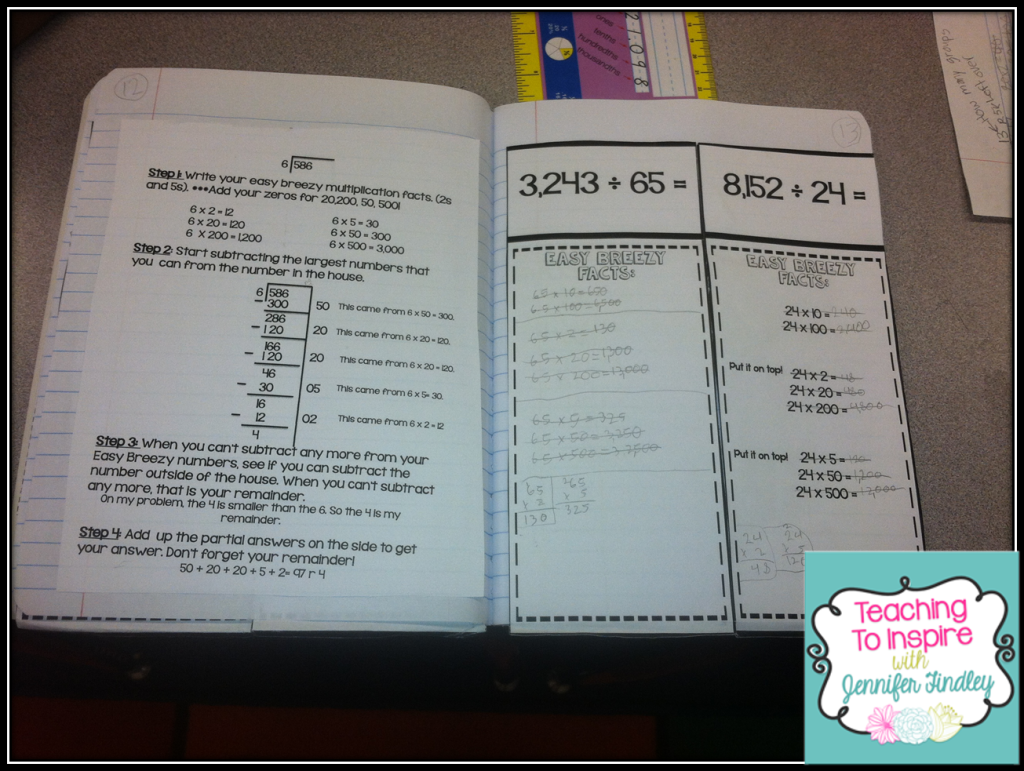
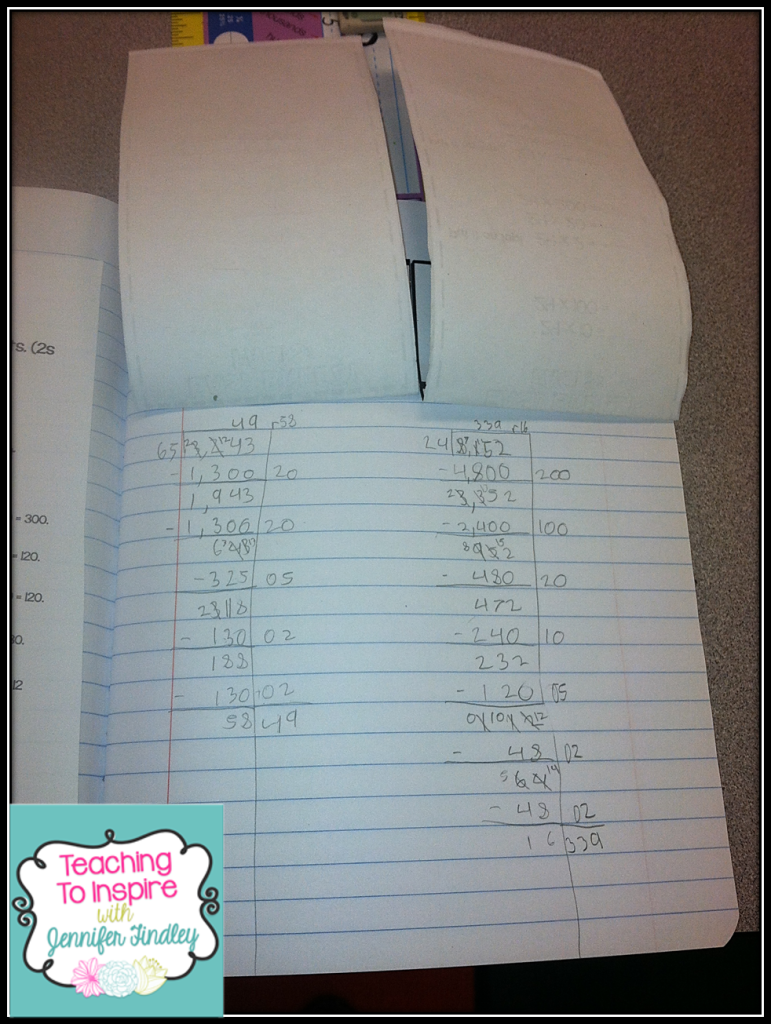
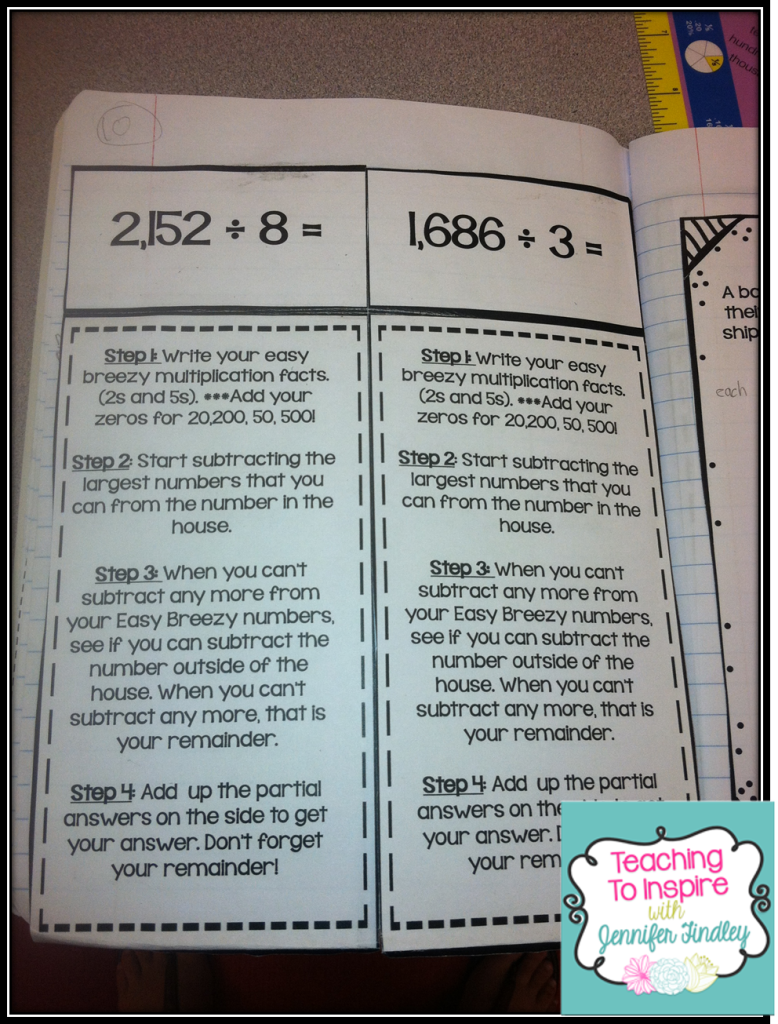
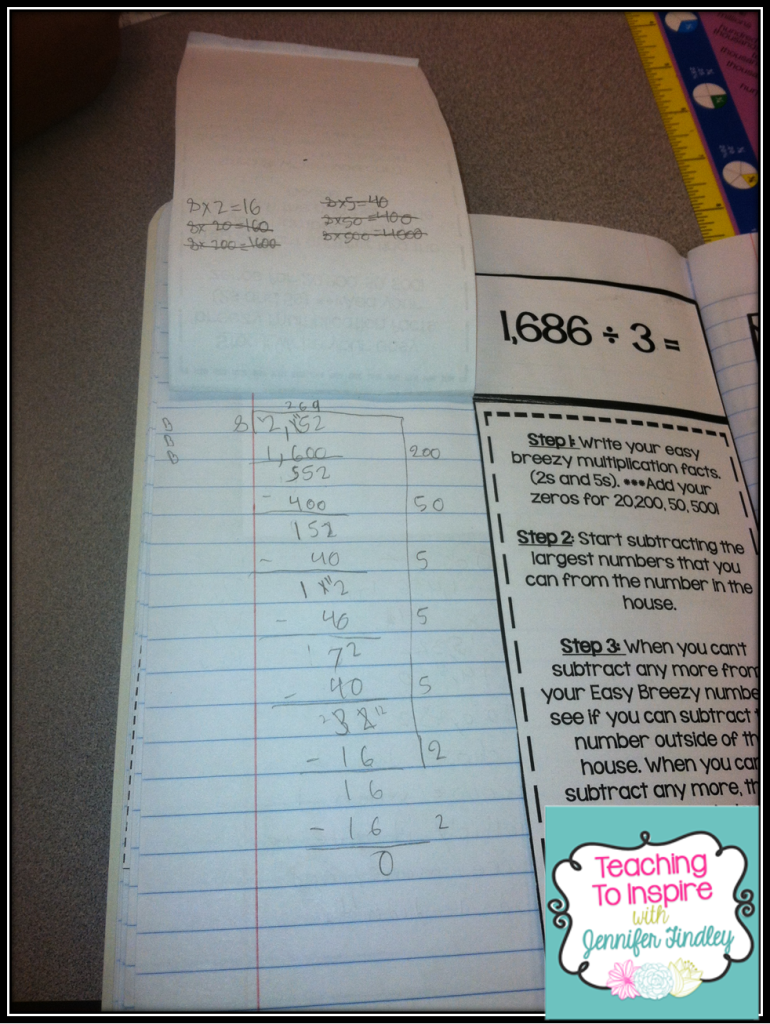

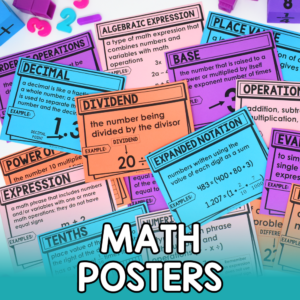
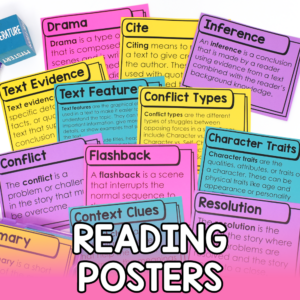
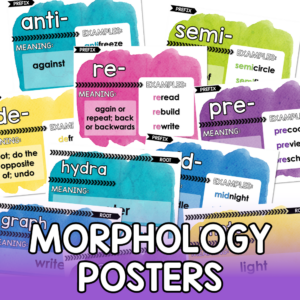
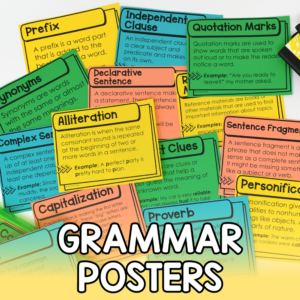


This is incredible kind and amazing of you! I love the INB element and efficiency of using the "powers of ten" tricks. Thanks!
Thank you so much for sharing!
Now if there was something to sprinkle on the students to help them persevere until the end of the division problem. I have a few that give up because "there are too many steps." {sigh}
So true, Michelle!
Very nice product. I bought a similar idea trifold product a few months ago which I had to alter. This one is so much more clear. Thank you for this. I am sure students will totally understand and get some great practice with this product. It is even great for 4th grade who are now also asked to do partial products with single digit divisors. Thanks again.
I am so glad I found this! This will help my struggling special needs students. I will, of course, teach the regular algorithm, but this will make it less intimidating for them. Thanks so much for sharing the packet!
This is great! I willbe new to 5th this year and I need all the help I can get!
Pink Ink and Polka Dots
Thank you so much! You are so kind to provide this for free! I really appreciate it!
You are very welcome! I hope they are useful to you!
Thank you for this! It is awesome 🙂
Thank you very much for the freebie!!
Thank you SO MUCH for the easy breezy idea and the freebies!!
Is there any way to get this editable? I love it but I use the words “annex your zeros” not add your zeros when teaching this method. Thanks so much for sharing this, it is my favorite way to teach long division as well.
Hi Annette, thank you for your comment! I stopped using the phrase “add your zeros” a couple of years ago once I realized it was not helping the students conceptually. I have made that change and also a few other changes to the file (number in the house changed to dividend, for example). Thank you again!
Thank you for doing this. I really appreciate it!
Getting ready to teach long division to my 4th graders. The only thing I’d like to include for the purpose of academic language is instead of “the number in the house” use dividend and somehow using divisor in there as well. Perhaps adding them in parenthesis. I’m evaluated on the use of academic language and my principal is pretty picky.
Great resource!
Definitely, Gia! In fact, have you downloaded the file? It actually uses that language. I quickly changed it when I realized my language was not helping the students grow in their math discussion. Always learning and growing. Thanks for being here!
Thanks so much, love your things. Do you think this would help my MS resouce math kids.
Love the way it is broken. I think I will add this to students interactive notebook.
How are you teaching your students to place the quotient in the correct place value above the dividend? I’m seeing students have no regard to place value which makes me concerned that when it comes to solving larger division problems using the standard algorithm, they will have to regrasp the concept again. Rather, shouldn’t the “partial quotient” strategy be used as just a strategy and the student not place their answer (quotient) in the standard algorithm format?
Partial quotient is great. An alternate way of doing it is by stacking up the partial quotients on the top (like the ones in this guide for instance), that’d probably make it easier for those coming from the standard method world.